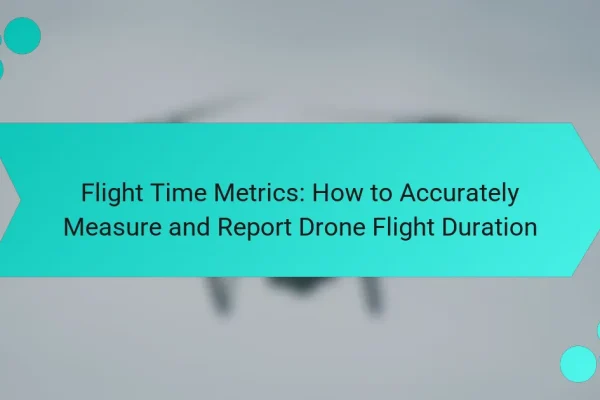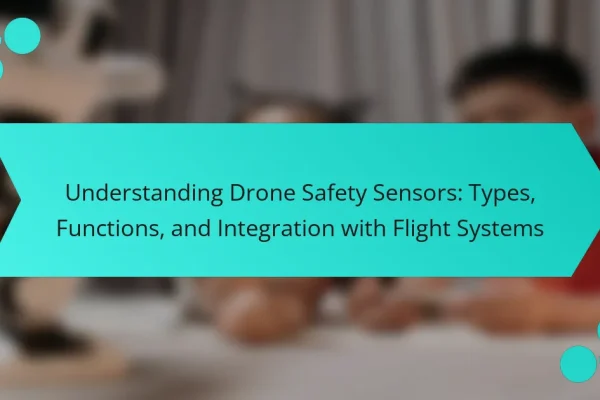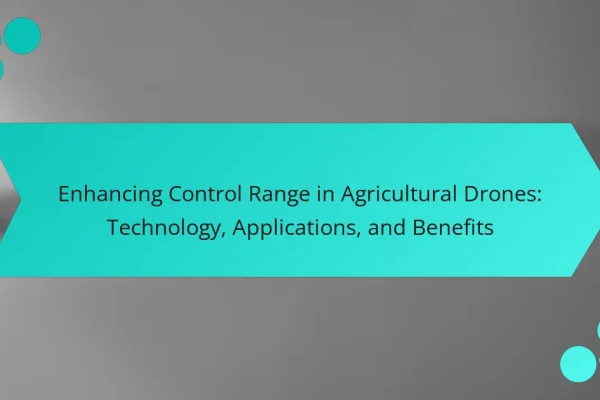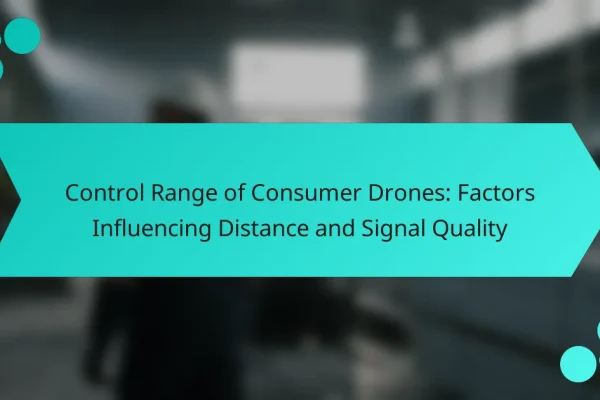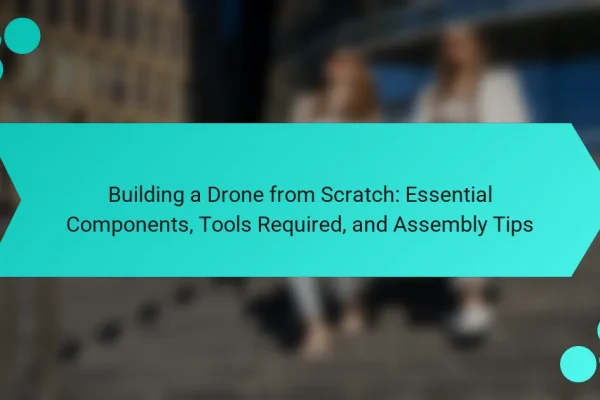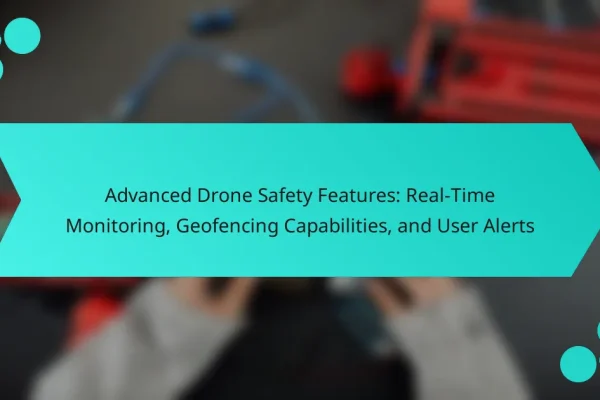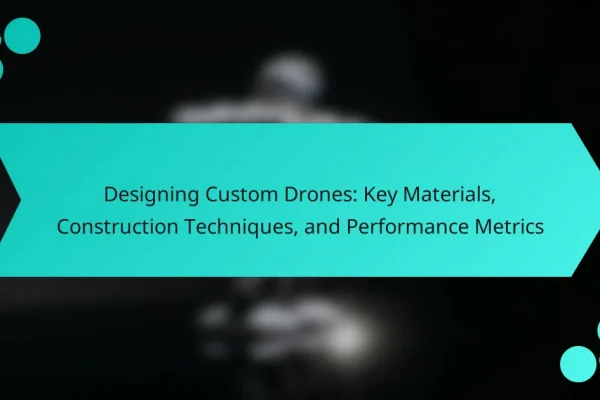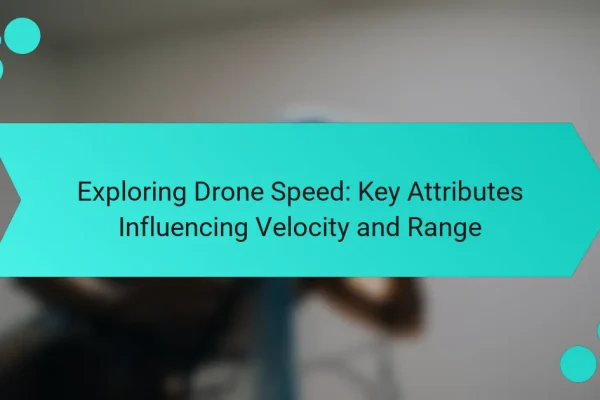
Exploring Drone Speed: Key Attributes Influencing Velocity and Range
What Factors Influence Drone Speed? Drone speed is influenced by several key factors. These include the drone’s weight, motor power, and aerodynamic design. A lighter drone typically achieves higher speeds due to reduced drag. More powerful motors provide greater thrust, directly impacting speed capabilities. Additionally, a streamlined design minimizes air resistance, allowing for faster movement….
